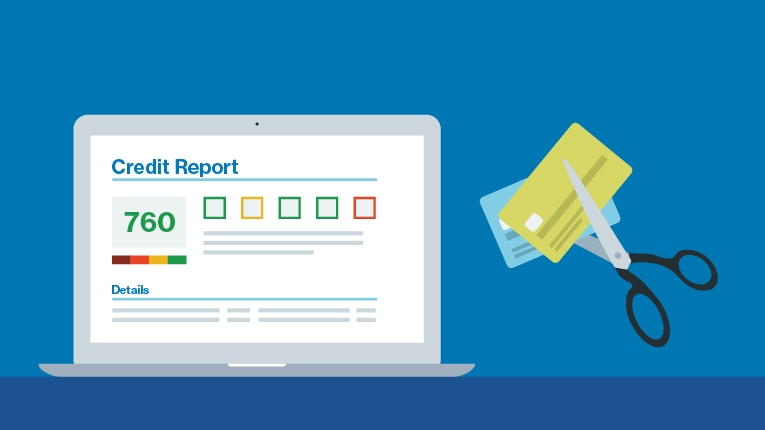How long until my personal loan is approved?

Key takeaways
The loan approval process includes three key steps: application, approval, and funding.
Prequalification often speeds up the loan approval process and is common with many online lenders and loan marketplaces.
Watch out for instant loans as these could be a sign of a scam or predatory lender.
Most personal loans take a few business days to be approved. However, turnaround times depend on many factors, including the lender’s approval process, how quickly you submit your documentation, and where the funds are deposited.
How long does it take for a personal loan to be approved?
In general, after you’ve chosen a lender, you’ll need to apply, submit documentation, wait for approval, and receive funds. The process takes time and usually ranges from a few days to a couple of weeks. Here’s what you need to know about how long the loan approval process takes.
Loan application: The application process usually only takes a few minutes—especially if you apply online.
Loan approval: Lenders that allow prequalification usually let you know your rates in just minutes. If you move forward, it takes about a day or two to verify your information. Loan approval with lenders that don’t offer prequalification usually takes a few days longer.
Loan funding: Some lenders offer same-day or next-day funding, but most loans take a few business days to fund. Choose direct deposit for the quickest funding.
What could affect a loan’s approval time?
Personal loan turnaround times from application to approval vary widely by lenders. Online lenders tend to have a quicker loan approval timeline than traditional banks and credit unions. However, several other factors also can affect how fast your loan gets approved.
Underwriting process: Automated underwriting uses software to quickly compare your credit and application information to the lender’s underwriting standards. This type of underwriting is used commonly by online lenders. Manual underwriting, often used by banks, takes much longer.
Document submission: Both traditional and online lenders require you to submit documentation, like recent paystubs or your driver’s license, as part of the application process. How fast you get the requested information to the lender affects the speed of your loan approval—especially during manual underwriting. Incomplete submissions can also cause delays.
Accuracy of information: Lenders need to verify your identity and the information you provide in your application along with any support documents, like tax returns. If inaccuracies are found or key information like your employment or credit score changes, this could slow down your loan’s approval time.
Ways to speed up the loan approval process
You may not be able to get funds immediately with a personal loan, but you can help streamline the loan approval process. Consider these strategies to speed up time from application to funding.
Check your rates
Many lenders provide an option for prequalification without affecting your credit score. For instance, LendingClub Bank only uses a soft credit pull when you check your rate. Checking rates can help you compare loan offers from different lenders and narrow down where you want to apply—saving you time and a ding to your credit.
Once you’ve found the right loan for your financial situation, you’ll need to formally apply. However, since you’ve been prequalified, the approval process often goes quickly, thanks to automatic underwriting, and you can usually get funded in just a day or so.
Organize your documents
Lenders often request documents during the loan application process to verify your identity, income, and address. Gathering these verification documents ahead of time can help speed up the lender’s review process.
When applying for loans, be sure to have the following documents ready to show the lender.
A government-issued ID, like a driver’s license or passport
Proof of address, like a lease or utility bill
Proof of income, like a recent pay stub, bank statement, or tax documents
Make sure all information is accurate and up-to-date. Keep in mind that your interest rate and loan terms may change after prequalification if there’s been any updates to your credit score or financial situation. For instance, if your credit score has dropped since you first checked your rate, your final interest rate may go up. Be sure to check the fine print before signing your loan offer.[1]
Use an online lender
You can apply for a personal loan from many different types of lenders, like banks, credit unions, online lenders, or loan marketplaces. Using a loan marketplace or an online lender, such as LendingClub Bank, can be the fastest way to get a loan. Plus, you can apply using your mobile phone, tablet, or computer—meaning you won’t need to make a special trip to a bank or credit union.
Prequalification with an online lender typically only takes a few minutes. After you check your rate and accept the offer, your personal and financial details are verified quickly—usually with automatic underwriting. This can help speed up how fast your loan is approved and funded.
Apply with a reputable lender
While getting a loan fast may be your top priority, it’s important to learn a bit more about the financial institution you’re borrowing from before you apply. Use caution when considering loans advertised as “quick loans,” like payday loans or auto title loans. You may be able to get the loan the same day, but these loans often have much higher-than-average interest rates, come with low borrowing limits, and usually need to be paid back in a short time period—sometimes as soon as your next paycheck.[2]
Review sites, like the Better Business Bureau and Trustpilot, can help you learn what real customers think about the lender.
Look for a lender that has high rating scores and customer reviews that talk about quality customer service, reasonable rates and terms, and fair repayment options. Watch out for lenders that seem predatory, hard to communicate with, or have very high interest rates.[2]
The bottom line
A personal loan can help you pay for a big expense or consolidate high-interest credit cards.[1] This type of loan usually takes a few days to approve, but you can help ensure there are no delays by getting prequalified, having your paperwork in order, and working with a reputable lender.
If you need a small amount of cash fast, try to avoid loans that promise same-day funding.[2] Instead, consider using a credit card or ask a family member or friend for help.
Consumer Financial Protection Bureau. “What is a personal installment loan?”
Consumer Financial Protection Bureau. “What is a payday loan?”




